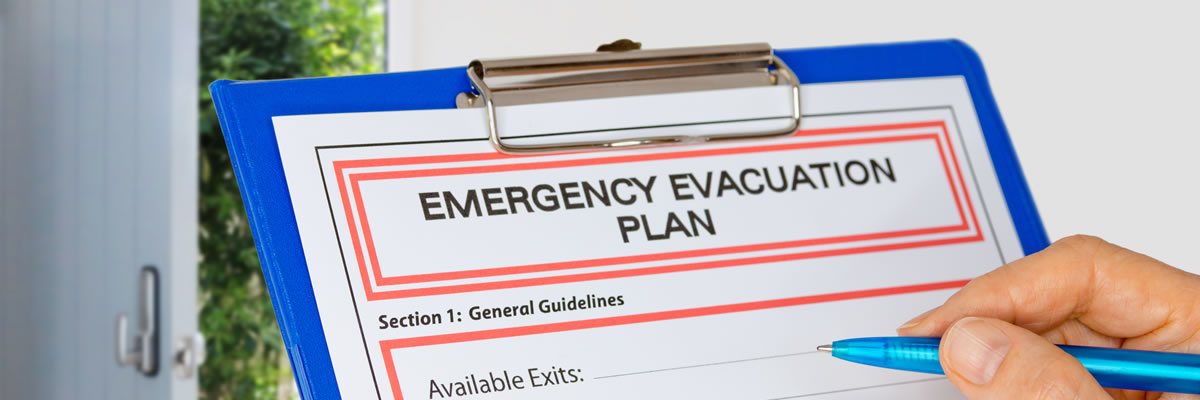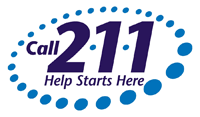Have a Plan
Overview
The first step for preparing for a disaster is making a list of procedures for when a crisis arises. This section will discuss the general guidelines of emergency procedures and other essential information.
NOTE: The checklists below use cookies** to save your selections so that you can track which items you have prepared.
County Resources
Alameda County Public Health Department
- Emergency Preparedness Guides (PDF) *
- Guías de preparación para emergencias (PDF) *
- Hướng dẫn chuẩn bị khẩn cấp (PDF) *
- आपातकालीन तैयारी गाइड (PDF) *
Alameda County Sheriff's Office
Your general emergency preparation should cover all the items listed below. Remember that additional preparation may be necessary for specific events, which we will cover in the Be Informed section.
Learn about your community's warning signalsAsk about animal care after emergencies
Learn about care for elderly or disabled persons in your area
Ask about disaster plans at workplace, school, daycare, etc
Know how to shut off utilities
Designate a safe room in your house
Decide where to meet with family after an emergency, outside of your neighborhood
Ask an out-of-area friend or family member to be a family contact
Make copies of and secure important family documents:
Wills, insurance policies, contracts, deeds, stocks, bonds
Passports, immunization records
Bank account numbers
Credit card account numbers and companies
Inventory of valuable household good and important phone numbers
Family records (birth, marriage, death)
Post emergency phone numbers by the phone
Determine best escape routes from home – have two ways out of each room
Check if you have adequate insurance coverage
Install smoke and carbon monoxide detectors on each level of your house, especially in/near bedrooms
Search for and secure hazards in your home
Take a Red Cross first aid and CPR class
Know how to contact disaster relief organizations like the Red Cross
Planning for Your Children
When making emergency plans for your children, it is important that you are able to answer the following questions:
Will the school or daycare keep children until an authorized adult comes?What kind of authorization is required to pick up your child?
Will a neighbor or family member provide childcare in an emergency?
You should also take the following steps:
Update all family and emergency contact informationTeach your children how and when to call 911
If they are old enough, teach your children how to shut off utilities in an emergency
Have your children carry IDs and emergency contact information
Decontamination
Decontaminating Water
In an emergency situation, it is important to know how to purify water to supplement your stored supply. Follow these simple steps:
Method One
- Boil the water for 10 minutes
Method Two
- If the water is clear:
- Add 5 drops of 5-6% unscented chlorine bleach to 1/2 gallon of water
- Let the solution stand for 15 minutes
- If the water is cloudy:
- Add 10 drops of 5-6% unscented chlorine bleach to 1/2 gallon of water
- Let the solution stand for 30 minutes
Decontaminating Yourself
If you are exposed during a chemical or radiological emergency, you should know how to react to the situation.
- Exit the area of contamination as soon as possible
- Remove your clothes and shoes and place them in a plastic bag, then seal the bag
- Take a shower and scrub your skin and hair thoroughly
- Seek medical attention immediately afterwards
Sheltering-in-Place
Sheltering-in-place is an easy concept: stay where it's safe until instructed to come out. Here's what you need to do in order to shelter-in-place effectively.
The Safe Room
The safe room is where you will be spending your time while sheltering-in-place. It should have the following characteristics, if possible:
- It should be above ground level to avoid damage from floods or denser-than-air chemical clouds
- The room should be close to the center of your home and have as little exposure to the outside as possible
- It should have as few doors, windows, or vents as possible
How to Shelter-in-Place:
- Stay inside. If you're outside, get inside immediately
- Close all doors and windows
- Turn off the heating, air conditioning, fireplace dampers, and all vents that lead to the outside
- Find your emergency supply kit, a battery-powered radio, and a cell phone
- Secure your safe room:
- Seal the cracks around the door with damp towels
- Cut plastic sheeting to fit over windows and vents, and secure the sheeting with duct tape
- Seal the cracks around the door with more tape
- Stay in place unless instructed to evacuate or until an "all clear" is announced
Do's and Don'ts of an Emergency
Emergency services will be overwhelmed during the initial stage of a crisis. Help out by keeping yourself safe and aiding those in need.
Do's
- Make sure you are safe first
- Turn the radio to KCBS 740 AM for emergency information
- If instructed to find shelter, do so immediately
- Stay at home or at work unless instructed otherwise
- If ordered to evacuate, do so as soon as possible. If you have time, change into sturdy shoes and protective clothing, and turn off your home's utilities
- Check on your family members or emergency plan partners
- Check for injured persons in your area, and give first aid if needed
- Follow your emergency plan!
- Text or call your emergency contacts as needed, then refrain from using the phone again to avoid clogging the network
- Keep traveling to a minimum, and only when it is safe
- Enter all buildings with caution
- Get in contact with disaster relief organizations like the Red Cross
- Be patient
Don'ts
- Do not go to the hospital unless there is a current medical emergency
- Do not light matches, use electrical switches, or use landline phones if you smell gas or suspect there is a leak. However, flashlights and cell phones are fine
- Do not turn off any of your home's utilities unless you are ordered to, you are evacuating, or if you think there is damage
- Do not drive a vehicle unless you are instructed to evacuate or if you need to find immediate emergency assistance. Check road conditions and travel restrictions before you do so
- Do not call 911 unless there is an immediate emergency





